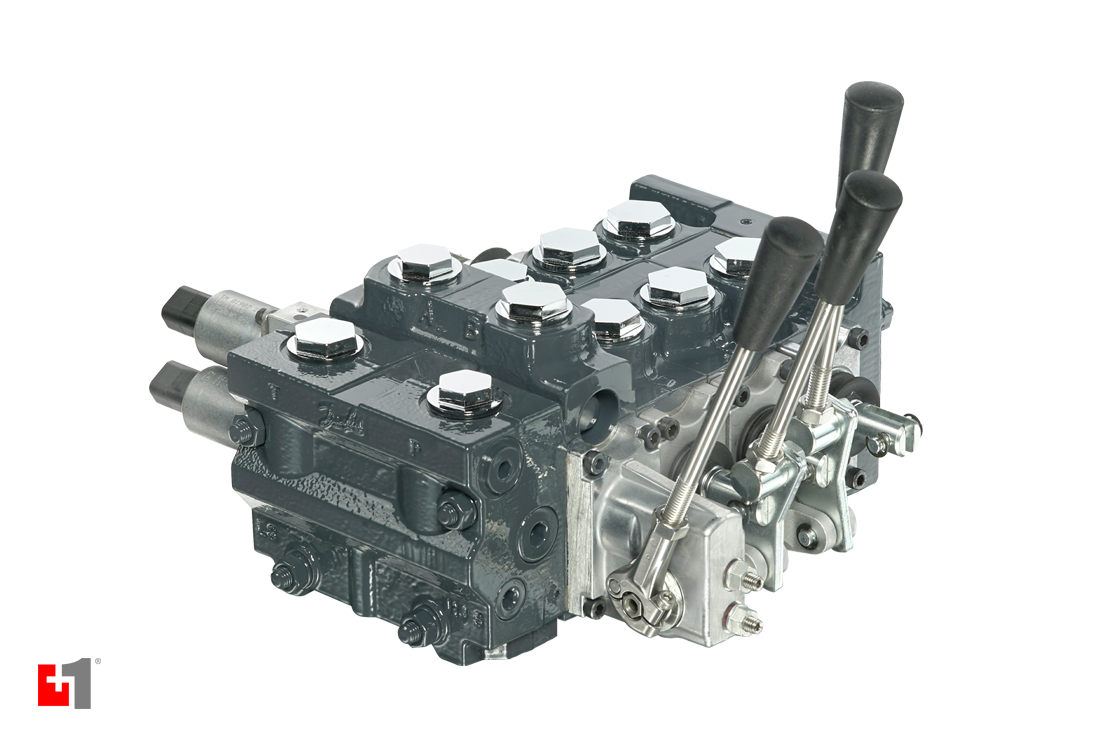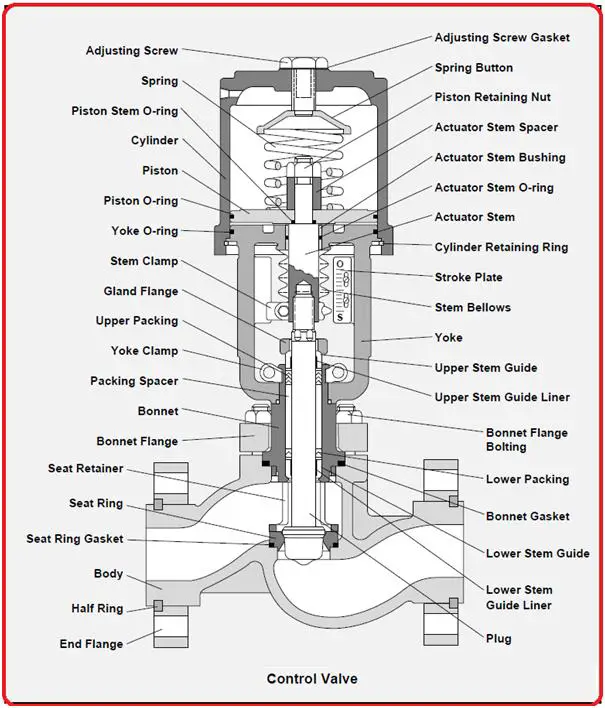Achieve Seamless Assimilation and Control With Quality Building Automation Controls
In the world of modern structure management, the relevance of high quality building automation controls can not be overemphasized. As modern technology proceeds to advancement, the integration and control of different systems within a building have actually advanced to be a lot more efficient and sophisticated. The seamless operation and surveillance of illumination, COOLING AND HEATING, protection, and other structure functions have become extremely important for boosting passenger convenience, power efficiency, and general functional effectiveness. The trip in the direction of accomplishing real combination and control is a complex one, with considerations ranging from system compatibility to cybersecurity. Accepting top quality building automation controls is not simply a matter of ease but a calculated necessary for companies aiming to enhance their facilities' efficiency and sustainability.

Development of Structure Automation Controls
Throughout the previous few years, the evolution of developing automation controls has actually considerably transformed the method structures are taken care of and run. Constructing automation systems mostly concentrated on fundamental features such as controlling air flow, air, and home heating conditioning (HVAC) systems. As technology advanced, these controls have actually ended up being much more advanced, allowing for a broader range of structure systems to be incorporated and taken care of centrally.
The development of developing automation controls has seen a change towards even more intelligent systems that can adapt to altering problems in real-time. This versatility is essential for enhancing power performance and making sure resident convenience. In addition, contemporary building automation controls currently provide features such as anticipating maintenance, remote surveillance, and data analytics, making it possible for facility supervisors to make data-driven choices to enhance structure performance.

Advantages of High Quality Combination
The development in structure automation regulates towards more smart systems has highlighted the substantial advantages of top quality integration in optimizing structure operations and improving general efficiency. Quality assimilation of developing automation controls uses several crucial advantages. It leads to improved power efficiency by enabling different systems to work with each other perfectly, making certain ideal efficiency and lowering power wastefulness. High quality integration improves occupant comfort and efficiency by enabling individualized control over environmental settings like air, lights, and temperature level top quality. This modification can result in a more favorable and comfy working or living setting. In addition, high quality integration simplifies upkeep and troubleshooting procedures, as all systems are interconnected and can be monitored and managed from a centralized interface. This centralized control additionally offers far better visibility and understandings right into structure efficiency, enabling aggressive maintenance and optimization methods. In general, the advantages of high quality assimilation in building automation controls are indisputable, supplying boosted performance, convenience, and operational effectiveness.
Enhanced Individual Experience and Accessibility
Enhancing user communication with structure automation controls with user-friendly design and boosted access boosts the overall experience for owners and center managers alike. By concentrating on customer experience, building automation systems can end up being much more effective and easy to use. Intuitive interfaces, clear navigation, and customizable setups encourage individuals to engage with the controls quickly and successfully.
Availability attributes play a vital function in guaranteeing that all individuals, consisting of those with specials needs, can make use of the building automation controls easily. Including attributes such as voice commands, tactile buttons, and color-contrasted screens can improve availability and make the controls much more comprehensive.
In addition, boosted user experience results in greater user contentment, enhanced performance, and much better decision-making. Occupants can adjust ecological settings according to their choices, while center managers can successfully take care of and keep track of building systems - Find Out More control valves. On the whole, prioritizing customer experience and ease of access in structure automation controls adds to an extra productive and smooth building setting for all stakeholders entailed
Lasting Practices Via Automation

Moreover, automation can promote the combination of eco-friendly power resources such as solar panels or wind turbines into structure operations. Through automation, structures can line up with modern sustainability objectives and add to a greener future.
Future Trends in Structure Control Systems
One prominent pattern shaping the future of structure control systems is the increased assimilation of Artificial Knowledge (AI) and device understanding. In addition, the Internet click site of Things (IoT) is transforming building control systems by attaching devices and sensing units to enhance and enhance operations effectiveness.
Another vital pattern is the focus on cybersecurity actions to protect versus potential dangers to constructing automation systems. As buildings become much more interconnected, making sure durable cybersecurity protocols will certainly be important to protect sensitive information and prevent unapproved gain access to.
Additionally, the shift towards cloud-based platforms is obtaining momentum, enabling for centralized control and remote access to structure systems. This promotes much easier monitoring, upkeep, and updates, improving the overall efficiency and adaptability of structure control systems. As innovation remains to advancement, these fads are anticipated to form the future landscape of building automation controls, driving development and sustainability in the constructed atmosphere.
Final Thought
Finally, constructing automation controls have advanced significantly, supplying various advantages such as enhanced individual experience, availability, and sustainable techniques. Quality integration plays a vital function in accomplishing seamless control and efficient operation of structure systems. Future patterns in building control systems are most likely to focus on additional improving automation capacities for enhanced power effectiveness and general performance. It is essential for structure proprietors and drivers to prioritize the adoption of top quality structure automation regulates to maximize building operations and achieve lasting sustainability objectives.
In the world of modern structure management, the relevance of top quality building automation controls can not be overemphasized. In general, the evolution of building automation manages proceeds to drive technology in the structure management sector, using brand-new possibilities for developing smarter and extra lasting buildings.
The improvement in structure automation manages in the direction of even more intelligent systems has actually highlighted the substantial benefits of top quality integration in optimizing structure operations and boosting general performance. In additional hints general, focusing on individual experience and ease of access in building automation regulates adds to an extra effective and smooth building atmosphere for all stakeholders entailed.
It is crucial for building owners and operators to prioritize the adoption of high quality structure automation regulates to enhance structure procedures and accomplish long-term sustainability goals. - control valves
Comments on “How Control Valves Influence Power Effectiveness in Industrial Settings”